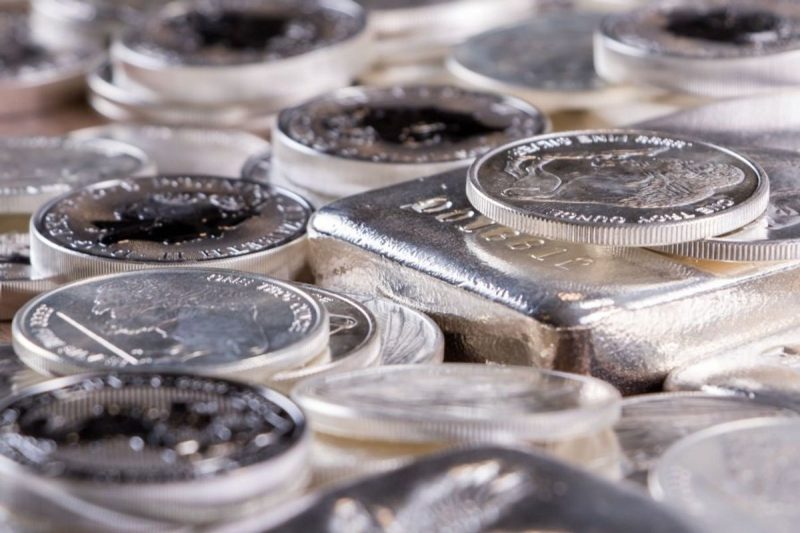The first quarter of 2024 brought with it several tumultuous changes that have substantially impacted the global silver market. The complex amalgam of economic, political, and industry-specific factors over the past months created a fascinating environment, introducing dynamic shifts in the silver price.
At the launch of the New Year, the silver market was still feeling the effects of geopolitical tensions, particularly those between major economic powerhouses. These tensions served as a significant factor contributing to silver’s bullish posture, as investors often turn to precious metals as safe havens during times of political turmoil. As a result, the silver price saw an encouraging surge early in the quarter.
Furthermore, the silver market was heavily influenced by the robust demand in industrial applications. The upsurge in the renewable energy sector drove considerable demand for silver, given its essential use in photovoltaic cells in solar panels. Resultantly, the industrial demand for silver was elevated during the period, which helped buoy silver prices.
However, toward the middle of Q1 2024, the tide seemed to shift. The U.S. Federal Reserve’s indication of a sooner-than-expected hiking of interest rates asserted downward pressure on precious metal prices, silver included. This move resulted from increasing inflationary pressures. As the cost of borrowing rose, it affected the broader investment landscape causing a ripple effect on the silver market.
Simultaneously, an expected tapering of the quantitative easing measures — programs conducted by central banks to inject liquidity into the economy — also impacted precious metals. As quantitative easing measures often tend to devalue fiat currencies, a reduction in these measures has the potential to strengthen the currency, thereby imposing downward pressure on precious metal prices.
Taking these conflicting dynamics into account, silver’s price fluctuation during Q1 2024 remains a testament to the metal’s resilience amid changing market conditions. Its response to global market factors presents a remarkable case study of how silver, and precious metals more broadly, continue to hold a significant place in the global economy amid shifting economic landscapes.
The quarter also saw major silver-producing countries continue to face challenging operating environments. Regulatory pressures, environmental concerns, and labor issues have again come to the fore, affecting output levels. Reduced supply could potentially impact prices if these issues persist and supply constraints become more pronounced.
In terms of the futures market, silver experienced noteworthy volumes of trade. Investors seem to prefer mining stocks and exchange-traded funds as an investment vehicle. Notably, the silver futures market was influenced by elevated risk appetite among traders who recognize the opportunities that lie in the market’s volatility.
Despite various challenging factors, the investment demand remained consistent for silver in the first quarter of 2024. Silver coins and bars proved popular among retail investors, reaffirming silver’s status as a widely accepted form of financial insurance against macroeconomic volatility.
In summary, the silver price narrative during Q1 2024 was one of both turbulence and resilience. The stage set by geopolitical tremors, economic health gauges, industry dynamics, and key policy decisions created an intriguing pricing dance, with silver maintaining its position valiantly amid the play. How these factors will continue to mold the silver market remains to be seen as we move through the rest of 2024.




